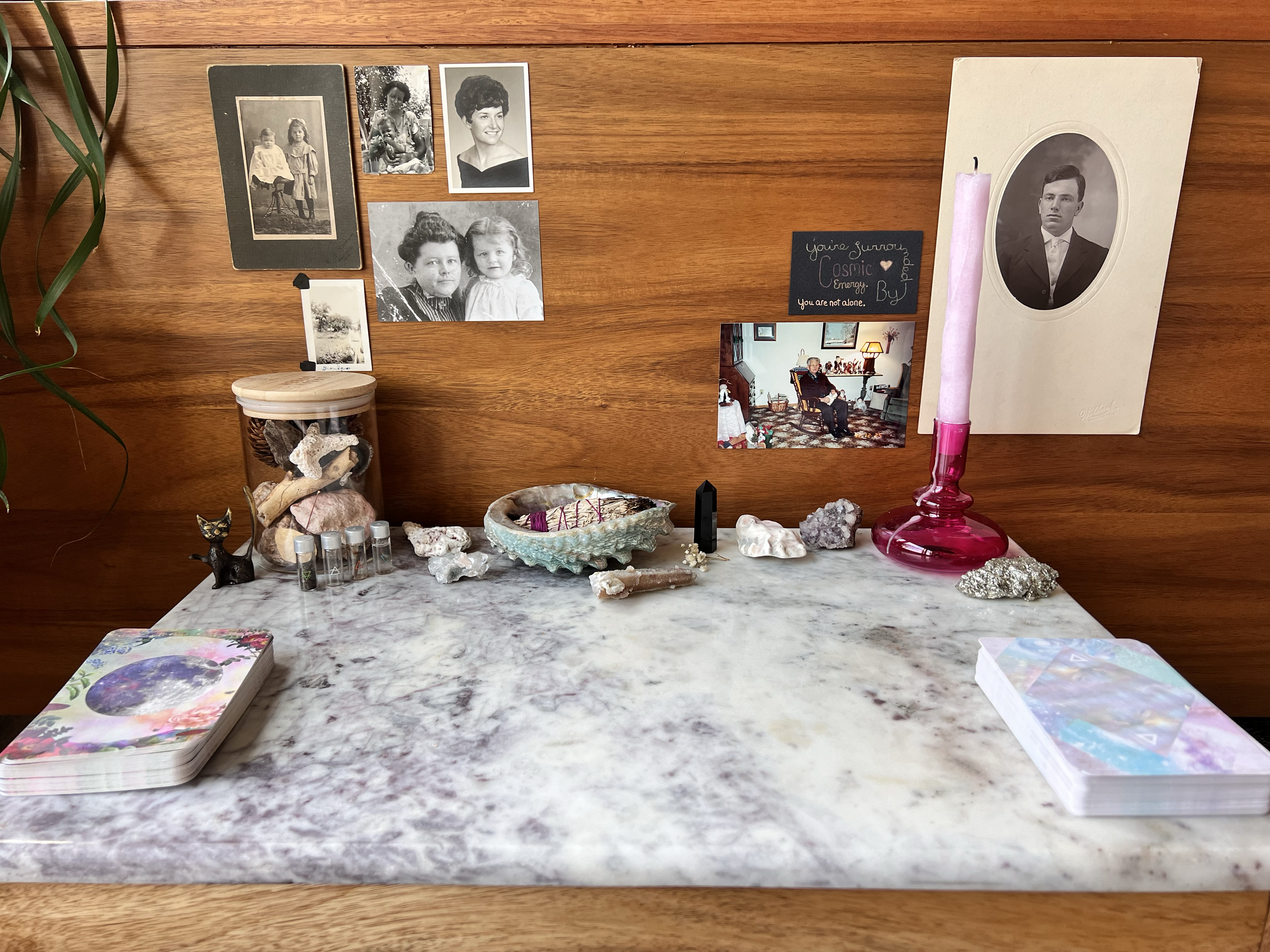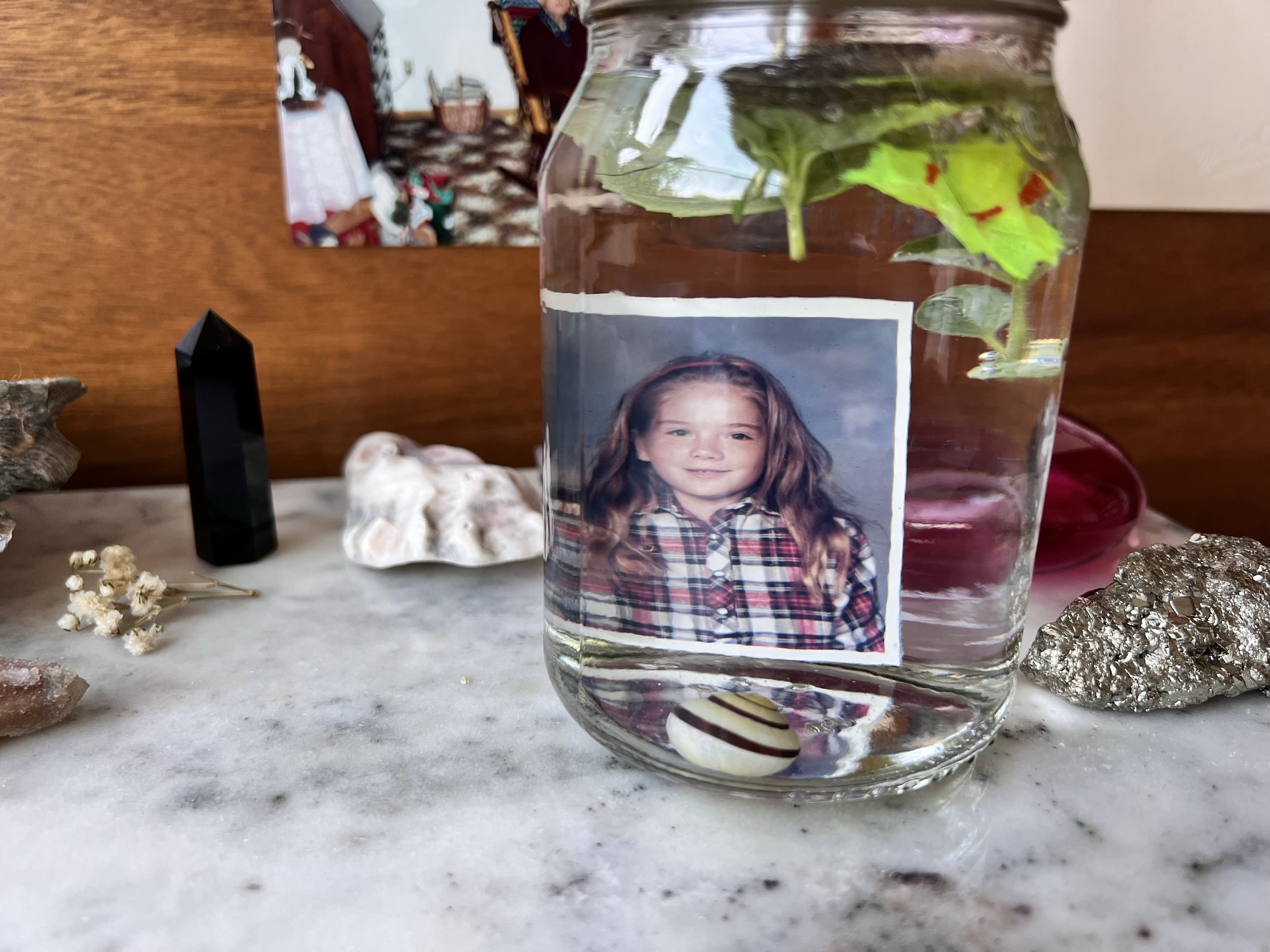Multicultural Awareness & Responsiveness
During my journey through the art therapy and counseling program, my awareness and responsiveness to multicultural issues has greatly deepened. It wasn’t a blind spot before, but it wasn’t an area sharply in my field of vision either. I’ve learned to check in on my own biases and privileges, and to broaden my understandings of those cultures, backgrounds, and identities that I’m less familiar with. I feel more comfortable working with individuals whose intersectionalities reside in very different places from my own. Additionally, I’ve learned to examine my own intersectionalities. I feel humbled by and grateful for my multicultural learnings and experiences throughout this program.
ARTIFACT 1:
Multicultural Perspectives Reflection Video
I’ve learned a lot about my feelings, thoughts, assumptions, and attitudes while exploring different cultural considerations in art therapy. As a woman, I have experienced microaggressions throughout my life. Still, I didn’t previously have a word to describe them, nor did I realize how prevalent they are in other marginalized communities. In many ways, I have moved through life from a privileged position as a white, cisgender woman. However, intersectionality has also exposed me to microaggressions as a woman and as a person with a history of trauma, depression, and anxiety. What was eye-opening for me was the high prevalence of microaggressions across various communities and how detrimental they can be to a person’s livelihood as they accumulate.
Some of my identities and intersectionality:
cis-gendered | woman | white | middle-aged | heterosexual
upper class | Irish-Scottish | German
wife | cat mom | daughter | vegan | able-bodied
ARTIFACT 2:
Group of Artwork
To me, spirituality means my connection to the cosmos, the Source, Great Mother, helping spirits, energy realms, dreams, and ancestors. It’s an area I find fascinating and that I love exploring. Energy work is important to me, as is approaching life from my spiritual heart center. I believe spirituality means something a little different to everyone and that there is beauty in our differences. When I move through life from a spiritually balanced place, I feel most at peace. Lately, I’ve found a passion for learning and exploring shamanism, dreams, rituals, and journey work. I hope to continue to grow spiritually through other ways of knowing and expanding consciousness.

Altar

Medicine Bag

Shamanic Embodied Strengths Ritual

Spirit of the Land Journey

Medicine Wheel

Dream Image

Animal Spirit Guide
ARTIFACT 3:
Cultural Humility Exploration Paper and Adaptive Tool
Approaching art therapy and counseling with diverse populations through a lens of cultural humility and with a growth mindset matters immensely. In addition, I conceptualize challenging and reducing power dynamics in the clinical setting by first starting with myself. One way I can approach that is through self-exploration and understanding by clarifying who I am culturally, what prejudices and biases I have, and understanding through intersectionality what privilege and power I hold. Only after first understanding myself can I hope to understand others and reduce the status quo inherent in the therapeutic setting and mental health community more broadly.
I decided to create a tool that could be used by an amputee missing their hands or someone with grip difficulties. That could apply to veterans, people with cerebral palsy, birth deformities, survivors of accidents or violent crimes, and others.
I used an old sock, an orange, a feather/paintbrush, and watercolors. Rather than using a tennis ball, I decided on an orange instead. The same technique could be implemented with an apple, tennis ball, or another round and puncturable object. I cut the toes off an old sock and made a small slit in the heel. I inserted the orange into the heel. I initially stuck a paintbrush into the orange. However, I wanted the experience of painting with the adaptive tool to be more fluid in nature for this exercise, so I went with a feather instead. The specific device could be changed depending on the client's needs and ETC level. A pencil, marker, paintbrush, or other items could be swapped for the feather. I slipped the sock onto my arm and was ready to create art.

"Feather Dance"

Adaptive Tool